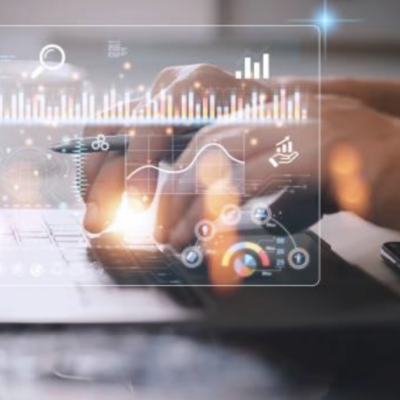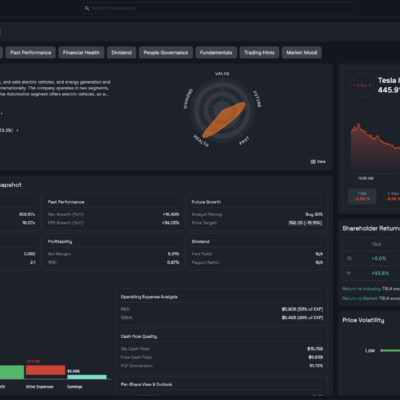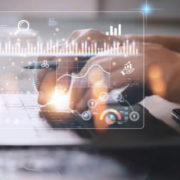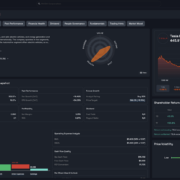Fast reaction time isn’t just a cool skill, it’s a competitive advantage for gamers. Whether you’re into FPS, MOBAs, or racing games, your ability to respond in milliseconds can make or break your gameplay. In this article, we’ll explore the key benefits of fast reaction time for gamers, how it boosts performance, and practical ways to improve your reflexes using reaction test tools, techniques, and training methods.
What Is Reaction Time in Gaming?
In gaming, reaction time refers to how quickly a player responds to a visual or auditory stimulus like spotting an enemy or hearing a sound cue. Measured in milliseconds, it plays a vital role in fast-paced games where split-second decisions matter.
Faster reaction times can lead to quicker aiming, dodging, and strategizing. Whether you’re playing FPS, racing, or rhythm games, a sharp response time helps improve overall performance, giving you a real edge in competitive scenarios.
Why Reaction Time Matters in Gaming
Faster In-Game Decision Making
Reaction time directly affects how quickly you can process and respond to what’s happening on screen. Whether it’s reacting to a sudden enemy ambush in an FPS or choosing the right spell in a MOBA, faster reactions mean better decisions. Gamers with quicker reflexes tend to stay ahead of their opponents, making them more adaptable in intense situations.
Improved Combat Efficiency
In action or shooting games, milliseconds can determine whether you land a headshot or miss entirely. A fast reaction time allows you to aim, shoot, block, or dodge with higher accuracy. It helps you perform complex combos, counter-attacks, or last-minute movements that can dramatically influence the outcome of the match.
Competitive Edge in Esports
In professional gaming, every advantage counts. Esports athletes train specifically to improve their reaction times, often reducing it below 200 milliseconds. This allows them to respond faster than their opponents, giving them an upper hand in high-stakes tournaments. Games like Valorant, Counter-Strike, and League of Legends reward players with strong reflexes and real-time judgment.
Enhanced Gameplay Experience
Even for casual gamers, fast reaction time leads to more enjoyable gameplay. You feel more in control, face fewer losses due to delays, and can engage with fast-paced titles confidently. It makes gaming smoother, more immersive, and ultimately more rewarding.
Key Benefits of Fast Reaction Time for Gamers
Improved Aiming and Shooting Accuracy
In fast-paced shooters like Valorant or Call of Duty, precision matters. A faster reaction time helps players align their crosshair and shoot more accurately under pressure. This is especially important in one-on-one duels or when spotting enemies in a split second.
Quicker Decision-Making Under Pressure
Whether you’re choosing between fleeing or fighting, casting a spell, or rotating to another lane, games demand rapid decisions. A sharp reaction time allows you to analyze situations swiftly and act without hesitation essential in MOBAs, RTS, and survival games.
Enhanced Defensive Moves and Evasion
Games like Tekken, Elden Ring, or Apex Legends require timely blocking, dodging, or escaping. Players with quick reflexes can anticipate attacks and execute defensive actions more effectively, minimizing damage and staying in the game longer.
Increased Mental Focus and Awareness
Fast reflexes often go hand-in-hand with heightened focus. Players become more alert, notice subtle in-game cues, and can multitask better whether it’s managing cooldowns, keeping an eye on the minimap, or tracking opponents.
Better Esports and Competitive Performance
Professional gamers rely on razor-sharp reactions. A few milliseconds can separate a win from a loss in tournaments. Fast reaction time helps pros outperform rivals, climb ranks faster, and maintain consistent performance in competitive ladders.
How Gamers Can Improve Their Reaction Time
Practice with Reaction Time Tools
One of the most effective ways to boost your gaming reflexes is by using online reaction time tools like Reaction Time Test . These platforms help you measure how quickly you respond to visual stimuli, usually in milliseconds. Regular practice not only sharpens your eye-hand coordination but also allows you to track your improvement over time. With repetition, your brain develops faster neural pathways improving your neuroplasticity and reflex memory.
Play Games That Challenge Reflexes
Certain games are built to train your reflexes while keeping the experience fun. Osu!, a rhythm game, challenges your precision and timing. Aim Lab is designed for FPS players to practice aiming and target switching. Geometry Dash improves tap-timing and pattern recognition under pressure. These games stimulate the brain’s response systems and improve your reaction speed through consistent, engaging gameplay.
Optimize Gaming Gear and Settings
Your hardware setup can influence your reaction time. Use a low-latency monitor, a high-DPI gaming mouse, or a wired controller to reduce input lag. Turning on FPS boost or using performance-enhancing settings can minimize delay, allowing quicker in-game responses. These tweaks ensure that your reflexes aren’t slowed by your device.
Focus on Physical and Mental Fitness
Your body and mind need to be in sync. Good sleep, hydration, and posture improve your focus. Practices like meditation or breathing exercises enhance concentration and reduce reaction lag, keeping your cognitive systems sharp for peak performance.
Fast Reaction Time Beyond Gaming: Real-Life Benefits
Fast reaction time isn’t just helpful in games, it has valuable real-world advantages too. In activities like driving, playing sports, or responding to emergencies, quicker reflexes can make a critical difference. Being able to process information and act instantly can prevent accidents or improve performance under pressure.
Improved hand-eye coordination also benefits day-to-day tasks, from typing to using tools or handling fast-paced work environments. As you train your reaction time, your brain builds and strengthens new neural connections, enhancing neuroplasticity and your brain’s ability to adapt and learn.
Additionally, practicing fast response activities can boost mental agility, helping you stay sharp, focused, and more responsive in conversations, exams, or problem-solving scenarios. Over time, this also contributes to better memory retention and overall brain health, making reflex training a smart move beyond the gaming world.
FAQs
What Is A Good Reaction Time For Gamers?
A good reaction time for gamers is between 150 and 250 milliseconds. Competitive gamers often react in under 200 milliseconds, with elite players achieving times as low as 120 ms. Faster reaction times improve aiming, dodging, and gameplay performance in fast-paced games like FPS or esports titles.
Can Gaming Actually Improve My Reflexes In Real Life?
Gaming can improve reflexes in real life by improving reaction time, hand-eye coordination, and cognitive processing speed. Action games, in particular, train the brain to respond faster to visual and auditory stimuli. Studies show gamers often outperform non-gamers in tasks requiring quick decisions and fast motor responses.
How Do Esports Pros Train Their Reaction Time?
Esports pros train their reaction time using aim trainers, reflex drills, and high-speed gameplay. Tools like KovaaK’s FPS Aim Trainer and Aim Lab simulate fast target acquisition. Pros also use custom maps, hand-eye coordination exercises, and consistent repetition to improve response speed and precision under pressure.
Final Thoughts
Fast reaction time improves aiming, decision-making, and overall gameplay performance. It gives gamers a real edge in both casual and competitive settings. By integrating reflex training into your routine through tools, games, or fitness you build lasting skills that go beyond the screen. Making reaction time practice a habit not only enhances your gaming journey but also supports your cognitive growth and real-world responsiveness over time.









